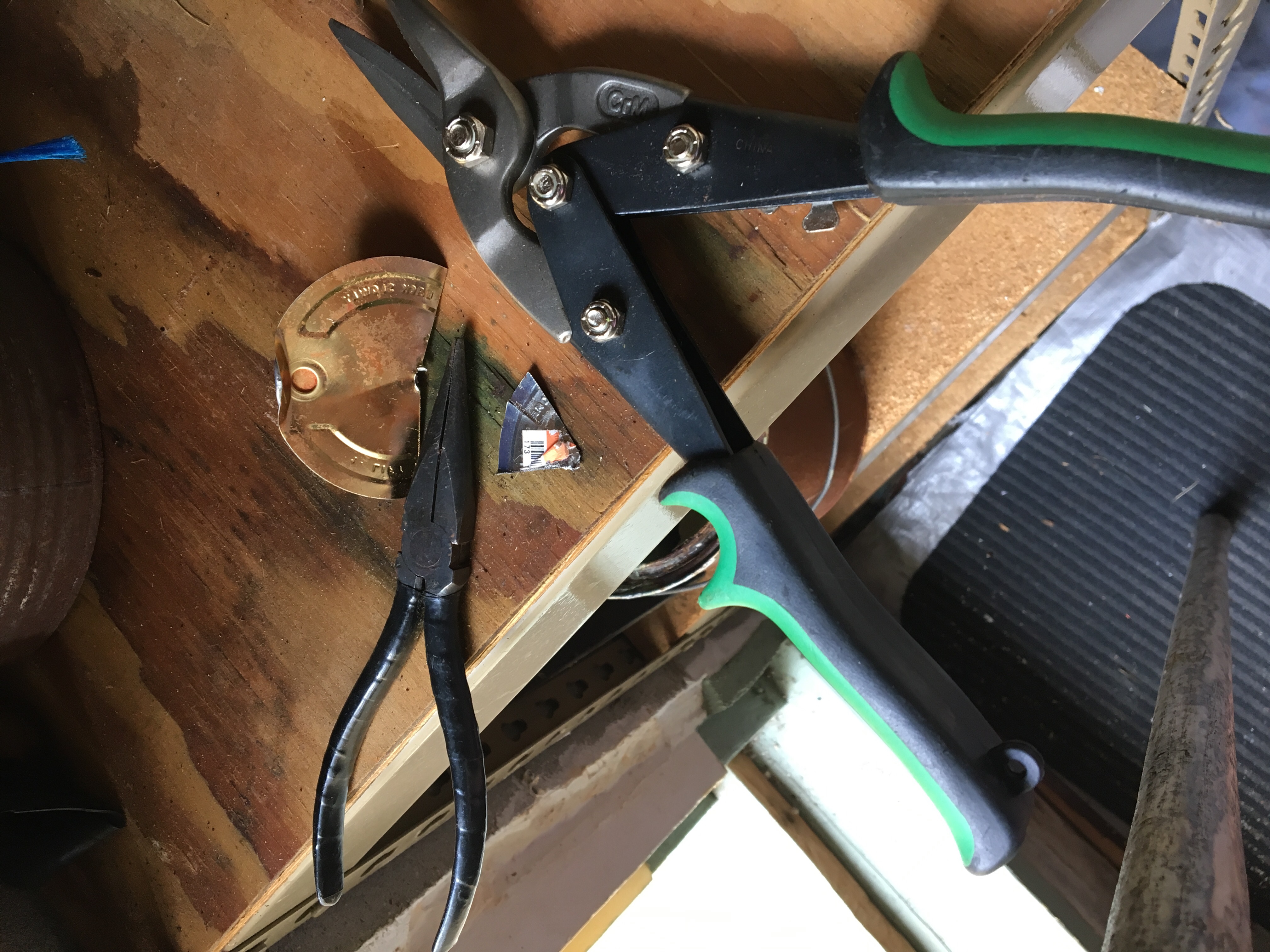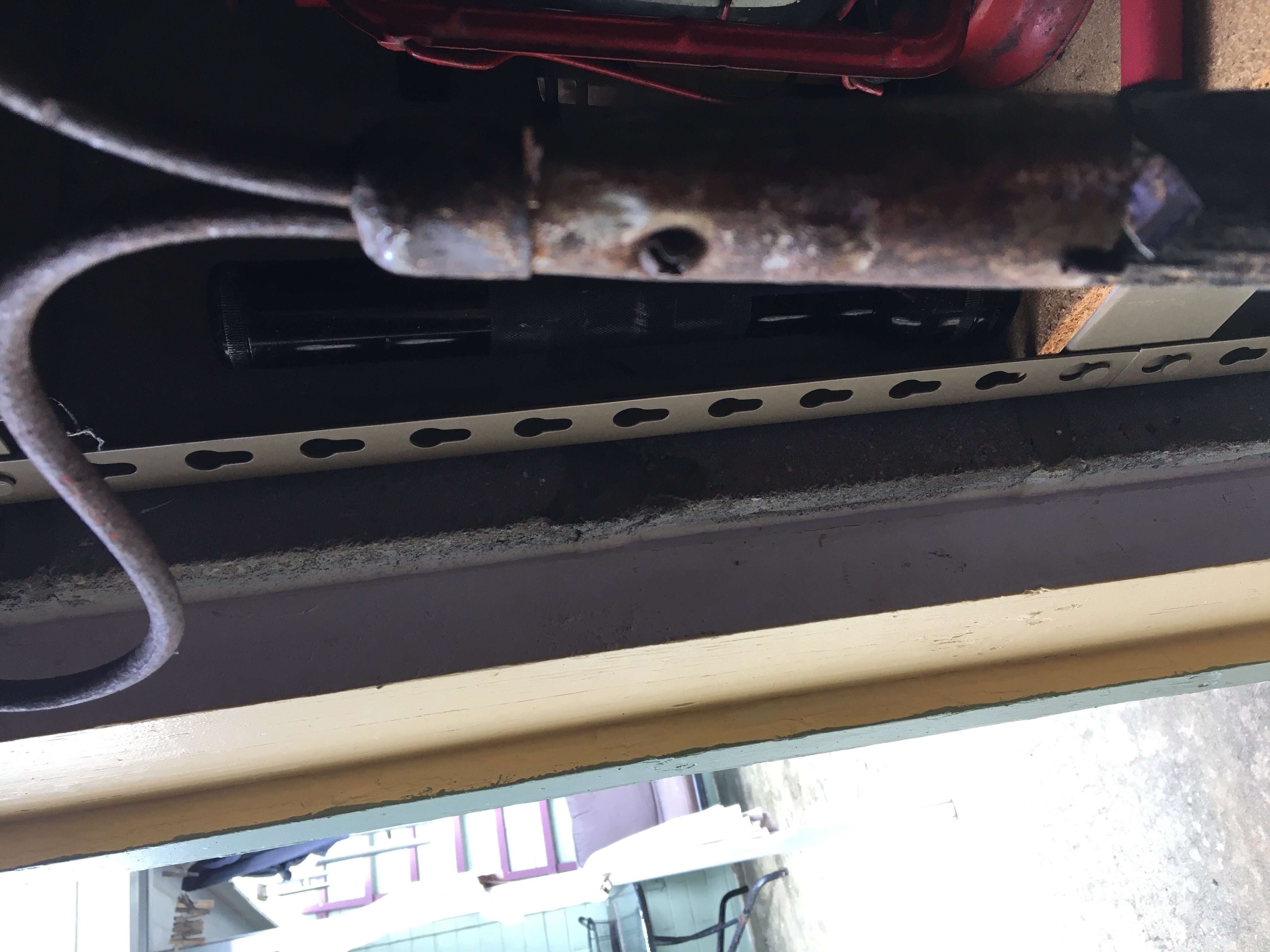An exercise in John Michael Greer’s superb book Green Wizardry invites me to list every appliance in my home that’s powered by electricity. And next to each, write what it’s meant to produce: heat, cold, motion, light, or information.
A followup exercise, later in the book, has me note whether each appliance is a Necessity, Luxury, Convenience, or Waste of current.
My results:
Stove – Heat; Convenience
Refrigerator – Cold; Convenience
Electric kettle – Heat; Convenience
Microwave – Heat; Convenience
Toaster oven – Heat; Convenience
Fifth burner – Heat; Convenience
Blender – Motion; Convenience
Lamps/lights – Light; Convenience
Laptop computer – Information; Convenience
Phone/internet – Information; Necessity
Flush toilet – Motion; Convenience and Necessitated by law
Running water – Motion; Convenience and Necessitated by law
Heating pad (kept in medicine closet for emergencies; never used) – Heat; possible Necessity for a guest someday
Notes: Yes, this is really all the appliances I have in my house. I have no water heater; removed it to make space in my studio/office. The microwave and toaster oven were left by a guest and I rarely use them, should probably pass them on to someone else. I have a radio but it is charged by hand-cranking.
The big finds (which were things I had noticed before, but it was helpful to see them laid out this way) were that 1) As helpful as a refrigerator is, I consider it only a convenience, not a necessity; and 2) The only electric-powered items I consider necessities for myself are information devices. Even the laptop computer is not a necessity; though it’s great when I need to type, I can get by without it.
The only electric thing I consider an absolute necessity at this point is my phone with its data plan. Which would be easy to keep charged with just a little solar panel.
That said, I am pretty habituated to the convenience of my electric kettle (which I use every day), electric stove (which I use about 2-3 times a week), blender (which I use in intermittent spurts — I love smoothies and soups!), and the fridge.
However, I am fed up with the electric-power consumption of my giant fridge (it came with the house), which accounts for two-thirds or more of my total power consumption. I’ve just started a new experiment to try to reduce my refrigeration footprint without buying a new fridge — will report to you on my findings as they come out.
Oh, hey! I just noticed another part of the exercise which I had missed before. It says to go over the list of appliances and try to find some approximation of the service that uses no electricity at all.
(Says Mr. Greer: “Don’t worry at this point about whether you could use these alternatives in your present lifestyle; the point is to get you thinking about alternatives, and free up your imagination from the straitjacket of abundant energy.”)
So here goes:
Stove – solar oven, haybox, Rocket Stove, Kelly Kettle (already use the first two steadily; need to build a Rocket Stove and/or buy a Kelly Kettle, both of which run on dead twigs and other small dried biomass)
Refrigerator – ?? Zeer pots and root cellars do not work well in this hot humid climate where I live. Maybe icebox (order block ice by the week), but footprint might not be any smaller – need further research. Also, grow more food so I can pick it off the plant on an as-needed basis instead of needing to refrigerate it; learn to make dried fish; make ceviche (it’s easy); expand sauerkraut- and pickle-making skills; invest in a solar-powered fridge (pricey)
Electric kettle – solar oven, Rocket Stove, Kelly Kettle
Microwave – not needed, pass it on
Toaster oven – not needed, pass it on
Fifth burner – solar oven etc
Blender – ?? This one’s hard. Do without smoothies maybe. And make soups by hand-mashing the cooked veggies. Also I have seen bicycle-powered blender setups at festivals, so that would be a possibility too!
Lamps/lights – Do things that don’t require electric lighting such as read a book on my phone, take a walk, sit with a neighbor on the porch; go to bed when it gets dark; go out to a show; read a book on my porch by the absurdly bright light of our city streetlights (I already do all of this)
Laptop computer – just use smartphone
Phone/internet – if I had to do without, could get info by talking with people, going to the public library; and could spread info by giving public talks, speaking at meetings (already do all of this), writing postal letters to friends and family
Flush toilet – use bucket loo (which I have on hand as part of my preparedness kit for hurricanes and other disasters)
Running water – use hand-pumped well water and rainwater tanks (both of which I have on hand and use regularly in addition to the tap water)
Heating pad (kept in medicine closet for emergencies; never used) – use a rock or black bag of sand etc. that’s been heated in the solar oven
Recommended Reading:
Green Wizardry: Conservation, Solar Power, Organic Gardening, and other Hands-On Skills from the Appropriate Tech Toolkit, by John Michael Greer.
This book and its writer have been on my radar for some years. I stumbled on the book in the public library the other day (God/dess bless the librarian at the Edgewater Public Library who set up a “Sustainability Books” display), and Mr. Greer absolutely blew me away with how he expressed things I had felt to be true but not known how to articulate, and/or did not feel confident enough of myself to respect my own expression of them. I will very likely be making other blog entries inspired by this book in the near future, and I have just ordered myself a copy to keep.
(Interesting side note, the Edgewater library was also where a friend of mine stumbled on MY book, Deep Green. And after checking it out and reading it, she ordered herself a copy, which I consider a most high honor.)


